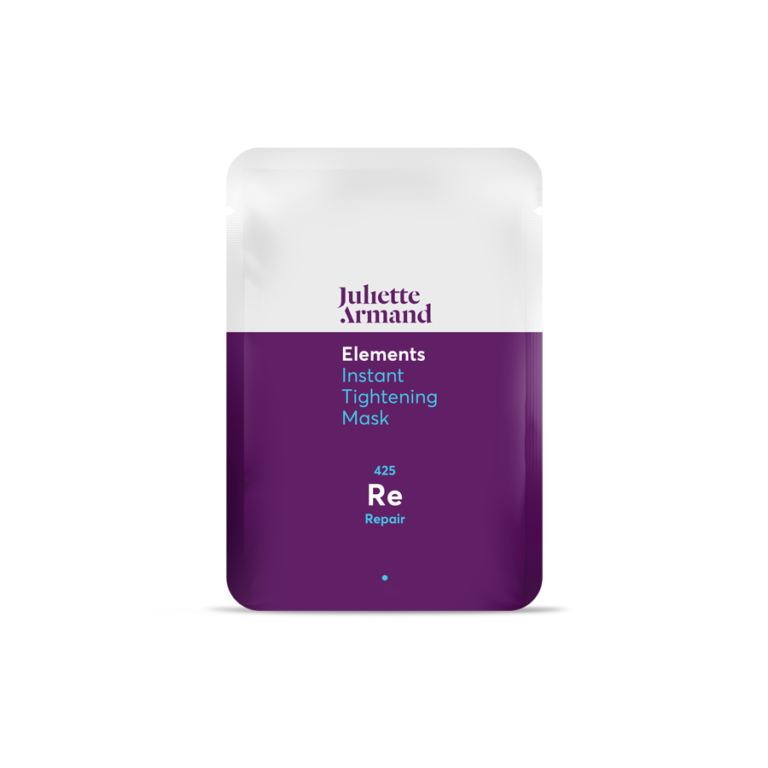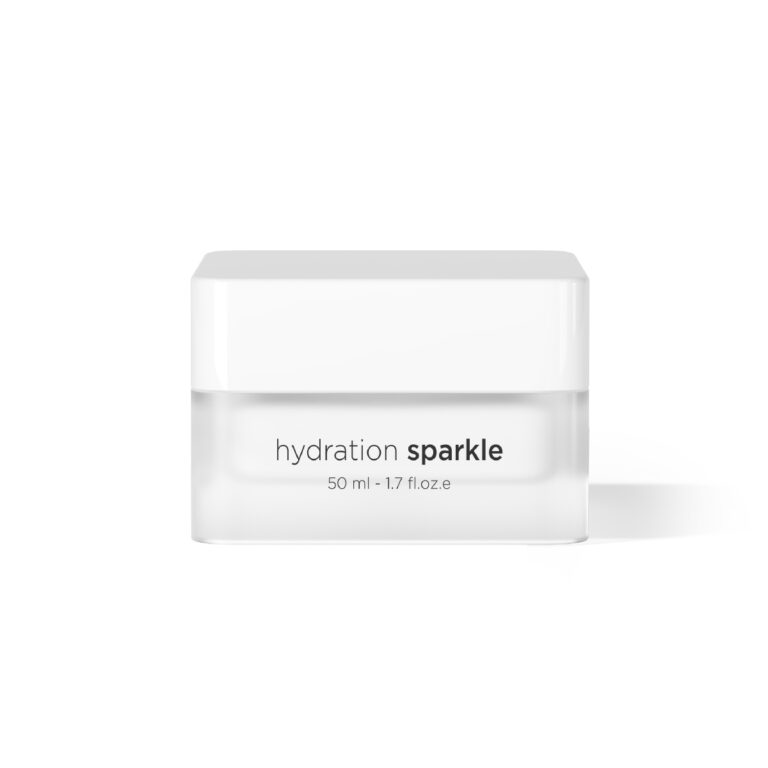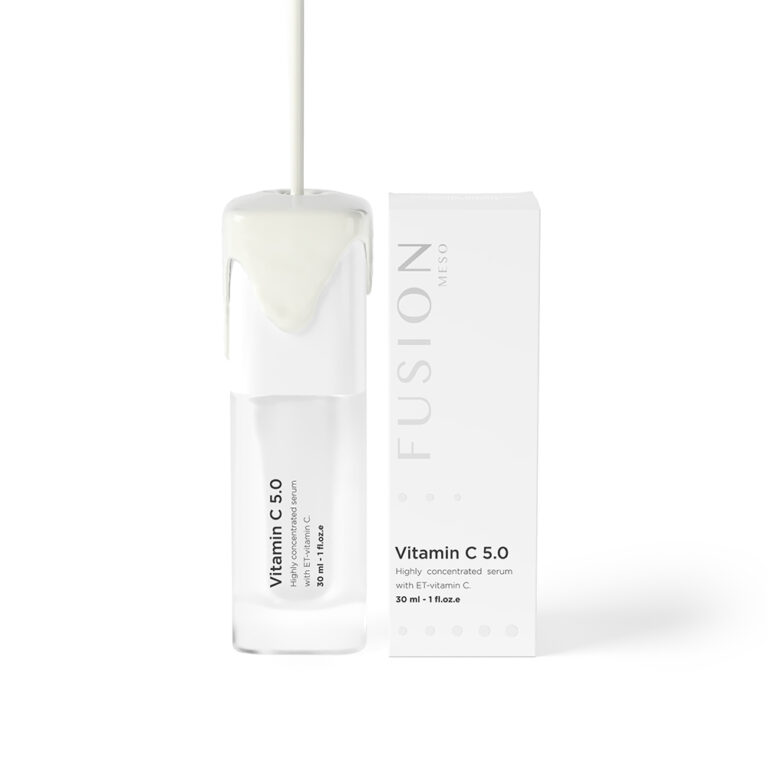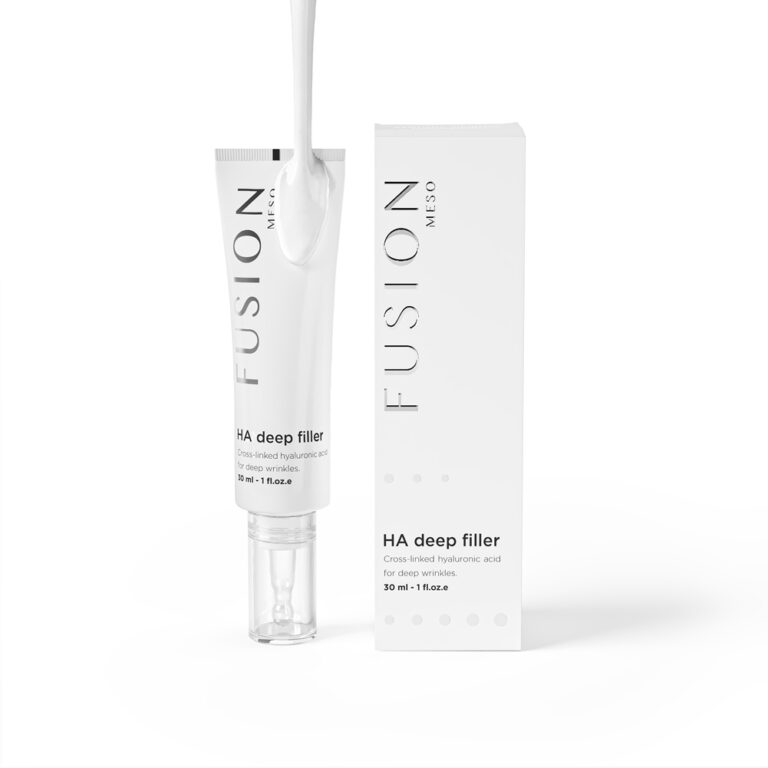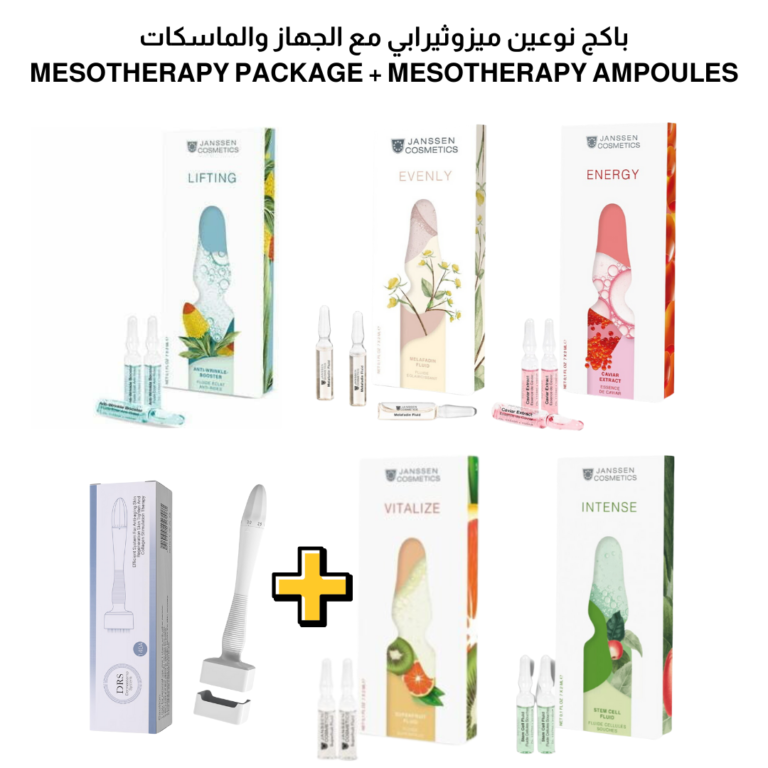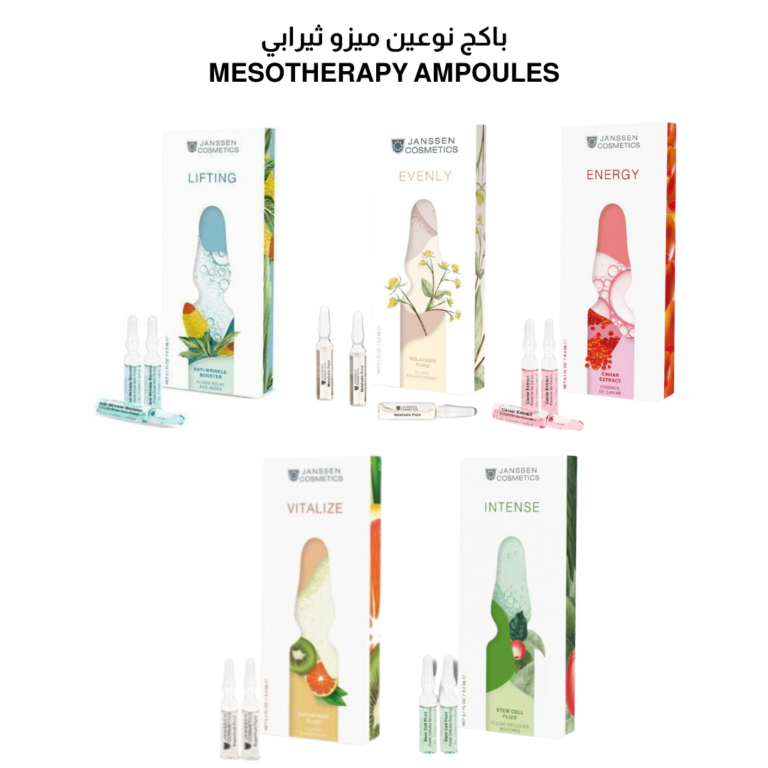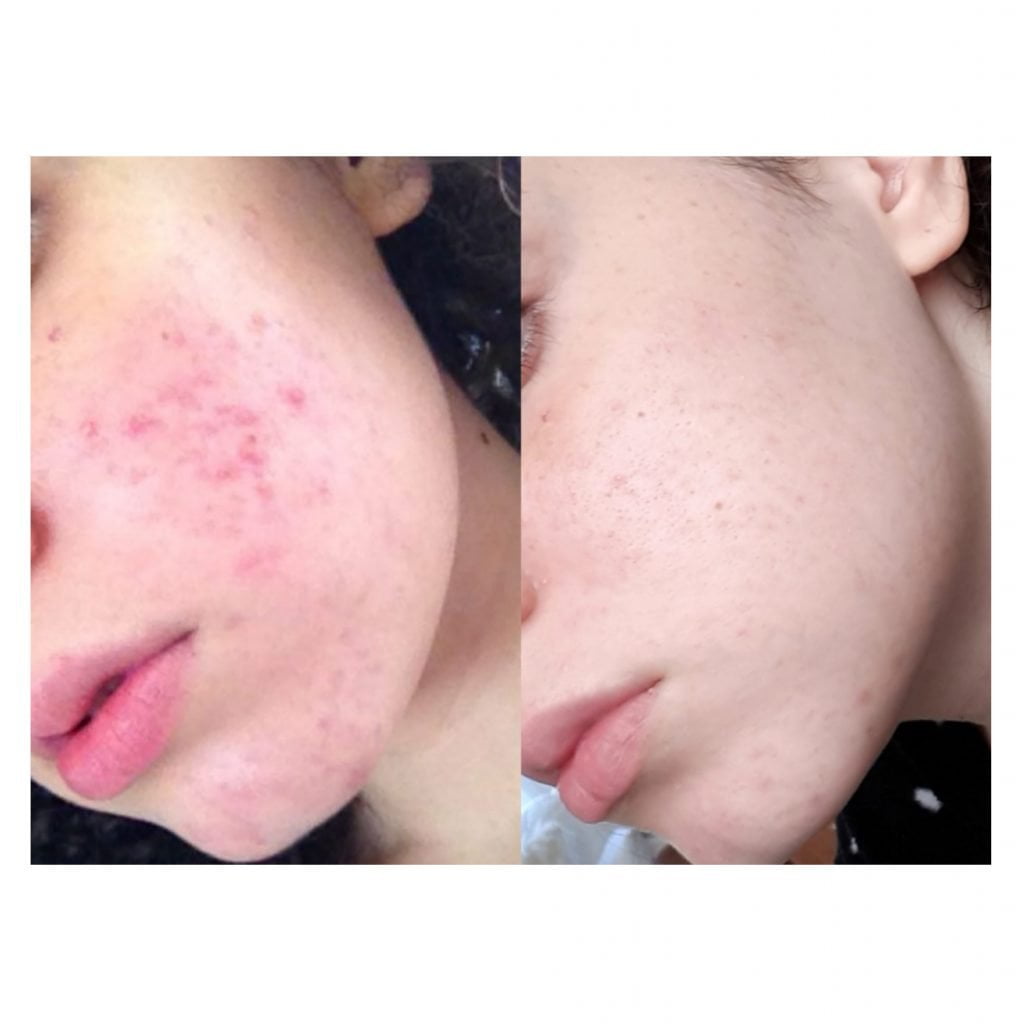
Five Effective Ways to Treat and Prevent Hyperpigmentation
Sunburns, acne scars, tans, blackheads, brown patches, dark spots — whatever they are, you will be happy to know that all the unwanted freckles on your skin can be resolved with the help of various natural home remedies or over-the-counter skin brighteners and dark spot lighteners. But, of course, you can always take the help of a professional dermatologist to clear the unwanted spots on your skin.
Freckles leave dark spots on your skin, also called hyperpigmentation, and there are many harmless ways to get rid of them.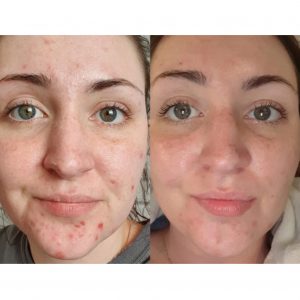
What is Hyperpigmentation?
Hyperpigmentation is a spot on your skin that looks darker than your natural skin colour. It is caused due to excess production of the brown pigment melanin.
What Causes Hyperpigmentation?
It can affect people of all skin tones, though the severity can vary. According to the American Academy of Dermatology (AAD), the most common reasons for hyperpigmentation are:-
Inflammation Due to Skin Injuries/Diseases
Bug bites, injuries, acne, eczema, cuts, scrapes, scratching or continuous rubbing — can lead to inflammation on your skin. It can, in turn, send pigment-producing cells into high gear, and this results in dark spots after the scar or infected area have recovered.
Excessive Sun Exposure
When your skin is excessively exposed to the sun’s UV rays, it triggers the production of extra melanin in reaction to defend your skin from damage due to the harshness of rays. As a result, the excess melanin gives you a tan. Conversely, when your skin is frequently exposed to the sun’s UltraViolet rays, it leads to dark sunspots or sunburns. Even if these are not cancerous, according to the American Society for Dermatologic Surgery, skin excessively exposed to the sun may develop other precancerous patches that do not appear very pleasing. Therefore, ensure you see a dermatologist whenever you doubt or are not very comfortable with your skin.
Melasma or Mask of Pregnancy
Also known as the “mask of pregnancy,” melasma is marked by brown patches, typical in women during pregnancy. This is a type of hyperpigmentation that not only occurs in women but can also occur in men. The cause of this is due to a combination of sun exposure, genetics, and hormonal changes as it is also linked to the use of oral contraceptives, according to experts from the American College of Osteopathic Dermatology.
Another reason is the airborne pollutants that stick to the skin, making the skin weaker, therefore, can be easily damaged by excessive exposure to the sun. It can also cause melasma and other hyperpigmentation.
Medical Conditions or Medication
Addison’s disease can also cause hyperpigmentation. It is due to an adrenal gland disorder that can increase melanin production, leaving dark patches on your skin. According to the University of New Mexico Comprehensive Cancer Center, certain medications, including antibiotics and some chemotherapy drugs, too cause hyperpigmentation.
How to Treat and Prevent Future Hyperpigmentation?
You will find plenty of dark-patch removers in the market to choose from. However, it is essential to be careful while picking them for use. Here are corrective measures you can choose to follow:
- Keep Your Skin Moisturised to Protect from Harsh Climate
The primary objective of the problem of hyperpigmentation is to reduce the dark spots. However, any effective over-the-counter product composition should have ingredients that are beneficial to your skin. According to skin specialists, a quality product will always contain moisturising agents like glycerin or hyaluronic acid, and maybe even retinol to encourage cell turnover to give your skin a natural, young and radiant appearance.
- Do Not Scratch or Prick Acne, Bug Bites, Blackheads, and Other Injuries
Scratching a mosquito bite or pricking acne or blackhead might give you temporary relief, but it will leave behind dark patches and spots on your skin in the long run. Think before your hands reach out to squeeze your injuries or bug bites. Scratching and pricking will only increase the inflammation leading to skin discolouration. Hyperpigmentation can be easily treated, sooner the better; they go deeper into the skin over time.
You can use over-the-counter skin whitening creams. The creams should contain – vitamin C, liquorice root, and kojic acid that help erase hyperpigmentation by repressing tyrosinase, an enzyme responsible for the formation of skin-darkening melanin. Other options to look for should include – hydroquinone, soy, arbutin, vitamin E, niacinamide, and n-acetyl glucosamine. Make sure you read the ingredients and instructions mentioned on the package of the cream you purchase. Excessive use can be irritating and damaging to the skin. Also, please do not hurry; it can take weeks or even a month to heal fully.
- See a Skin Specialist for Stubborn Dark Patches
If over-the-counter options are not providing any relief, it is time to see a professional. See a qualified and experienced skin specialist or a dermatologist. For dermatologists, hydroquinone is their go-to remedy alone or combined with other skin lighteners as it is standard for them to prescribe it to help fade dark spots because it slows the production of pigment.
However, your doctor must closely monitor the prescribed hydroquinone treatment because, in high concentrations, hydroquinone can cause sun sensitivity and may even bleach your skin.
- Ask a Dermatologist
If topical options are not healing your skin, you may want to see a skin specialist or a dermatologist. They will suggest more aggressive ways to eliminate your dark patches and discolouration. Their treatment options may include – chemical peels, microdermabrasion, or dermabrasion. It is advisable that you talk to a qualified and experienced dermatologist for the right solution.
NOTE: You must avoid lasers and chemical peels if you have melasma, as that can make your hyperpigmentation worse.
- Prevention is Better than Cure
It is said, prevention is better than cure. Therefore, the most effective way to prevent sunburns, sun spots, and discolouration is to sincerely apply a broad-spectrum sunscreen with a sun protection factor (SPF) of 30 or more regularly, even if it is a cloudy or cool day. In addition, it would help if you made wearing sunblock daily a strict habit.
Important: Follow a gentle skin-care products regime that doesn’t prick or burn, as it can deteriorate your hyperpigmentation, particularly melasma.
Note: SPF protects you only from UVB short-wave rays. To protect against UVA long-wave rays, the Centers for Disease Control and Prevention advises choosing a product containing Mexoryl, Parsol 1789, titanium dioxide, zinc oxide, or avobenzone.

